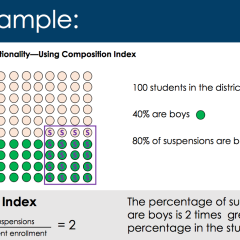By Tom
 After our new Education Secretary, Betsy DeVos, stepped into a public school last week, perhaps for the first time, she told a journalist that the teachers seemed to be “waiting to be told what they have to do.”
After our new Education Secretary, Betsy DeVos, stepped into a public school last week, perhaps for the first time, she told a journalist that the teachers seemed to be “waiting to be told what they have to do.”
Maybe they were, but I doubt it.
If they’re anything like me, they have a pretty clear idea of what to do.
Last week, for example, while DeVos was visiting a school, I was teaching in one. And I spent most of the morning helping my fourth graders finish their reports and come to logical conclusions.
Their reports were about Native Americans in Washington State. From the early days through the settlers. After a short discussion the consensus was clear; the only logical conclusion was that America stole Indian land.
It was hard to argue with that conclusion.
Later that day I was working with the afterschool “ELL Homework Club,” a free service we offer to our many recent immigrant students. The last kid in the room was picked up at 5:10 by a mom who was born in Pakistan and fled to Thailand, where she had kids before moving to the U.S.
The mom was apologetic. Her appointment with a refugee counselor ran late. We talked for a while and I told her about my experience working with some teachers in Pakistan a few years ago. We agreed that her daughter stood a much better chance of getting an education here in the U.S. than back in Pakistan.
That said, she was worried about recent events.
After listening to her concerns I felt the need to apologize, “Please know that I, along with teachers everywhere, welcome you and every other immigrant. We’re glad you’re here and we value the diversity you bring to our school community.”
She seemed glad to hear that, and a little surprised.
No, Mrs. DeVos, I’m not waiting to be told what to do. I know why I’m here. I’m here to explain the dissonance between past and present; the contradiction between what we should have learned and what we aren’t doing. I help ten-year-olds understand how a nation that barged in and took land from people who lived here for “Time Immemorial” now arbitrarily denies access to legitimate refugees.
My job is to help them understand our nation’s sad, sloppy slog toward progress. How a nation that had slavery fought itself to end it. How a nation that imprisoned Japanese-American citizens liberated Europe and shut down Auschwitz.
But there’s more. I work with America in the present. The America I see in my classroom. Kids whose families long ago came from England, Ireland and Italy, and kids who came last year from Libya, Vietnam and Pakistan.
I know exactly what I’m supposed to do. I’m supposed to teach.

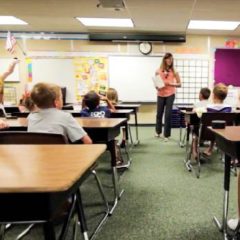
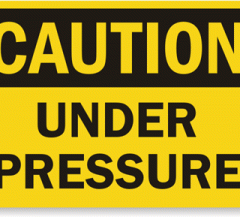
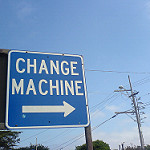
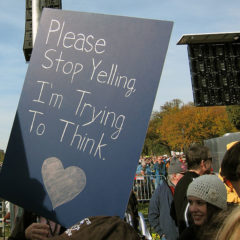
 It always starts with a dream. A real dream; not an aspiration or goal, but the kind you have when you sleep. One year it was a poorly-executed field trip to Manhattan (with fourth graders) and another year I had a class of forty but no classroom. I was expected to teach them out on the lawn.
It always starts with a dream. A real dream; not an aspiration or goal, but the kind you have when you sleep. One year it was a poorly-executed field trip to Manhattan (with fourth graders) and another year I had a class of forty but no classroom. I was expected to teach them out on the lawn.
